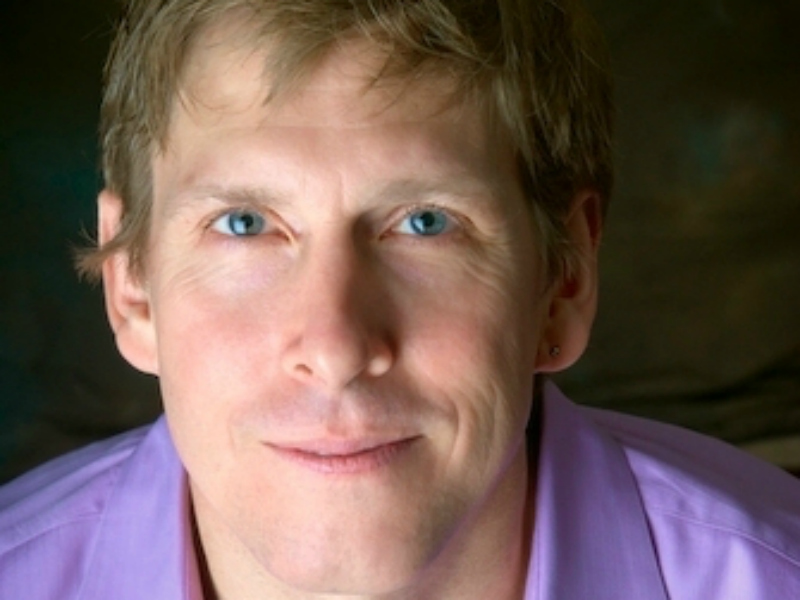Aarti Shah 15 Mar 2016 // 7:01AM GMT

The cover photo on Hugh Forrest’s Twitter profile reads “orchestrating the rise of the geeks.” As the director who has overseen SXSW Interactive for more than two decades, Forrest guided the festival’s evolution from SXSW Multimedia that attracted about 1,000 attendees in 1994 to SXSW Interactive that saw about 35K attendees this year.
At W2O’s Pre-Commerce Summit, Forrest said 2007 was the festival’s “tipping point” when Twitter launched. “We were lucky or unlucky that we had a hockey stick [growth trajectory] from 2004 to 2014 — we reached capacity around then,” he said. “On one hand, you’re happy but it’s mystifying, the challenges of growth, scale and trying to retain the user experience.”
Brands, too, have complained how difficult it is launch products and services amid the all the noise. “The products, apps and services that get the most buzz are those that help people digest SXSW,” he said. “People found Twitter useful because it helped people digest a large event — the same is true for GoWalla, Meerkat, Foursquare.”
SXSW has also taken “a more active role in activations” after some brands — that he refused to name onstage — botched their presence at the event. He mentioned the simplicity of Foursquare’s activation had its lure but might not be allowed under today’s rules. Then, the founder of Foursquare drew a game board with chalk on the sidewalk and invited attendees to play Foursquare with him. Companies can have a successful SXSW without turning the world on fire. This year, he points out, there were more “crossover sessions” across the film, music and interactive sections of the festival.
“A session about a YouTube star — is that tech, music of film? The divisions we created 25 years ago are harder and harder to understand,” he said. After his on-stage interview with John Battelle, we spoke to him about the future of SXSW Interactive — especially for brands and marketers.
You said Twitter’s launch was a tipping point, but since then it’s been very hard for another brand to gain the recognition Twitter did at SXSW.
Hugh Forrest: It changed the game and set the stage for the next five years of growth and it also became our albatross because every media story after that was something like “no Twitter this year.” It created this expectation that we could never meet. Having something like Twitter is to point to is great, but it’s not the experience of most people for most brands. Companies can have a successful SXSW without turning the world on fire.
Last year, SXSW was huge for Meerkat but then came Periscope.
Forrest: Yes, and the narrative there is — smaller brands can push something out but where the event is now, the larger brands are watching like crazy and will follow suit like crazy.
You mentioned geeks in your talk a lot, do you think SXSW is still a destination for the hardcore techies — or has it morphed to be more for marketers now?
Forrest: I think there are a lot of geeks, designers and developers who attend. But yes, there are lots more marketers. One of the challenges of the overall growth of the last 10 years has been we’ve gone from this inexpensive event to now where the badge prices are higher, hotels are so expensive. It’s not an issue for people working off expense accounts but it is for younger startups and even students — where so much of the innovation has come from.
How many of the attendees come back each year?
Forrest: We have tremendous churn. Every year we know it’s the first time attending for 40% to 50% of attendees. That’s to some degree frustrating, but it would also be boring as hell if it’s the same group. Some people come and say there’s too many marketers and others say it’s the best thing ever.
You hinted that we’ll see more convergence across the film, music and interactive festivals in the future. What does this means for brands?
Forrest: For our little world, what made sense 10 years ago and creating these three different buckets doesn’t make sense anymore. A lot of the best connections that are made here are someone from film meets someone from tech and they’re able to build an app to distribute content. That’s the future — it’ll be more integrated, not less.


































.jpg)

















